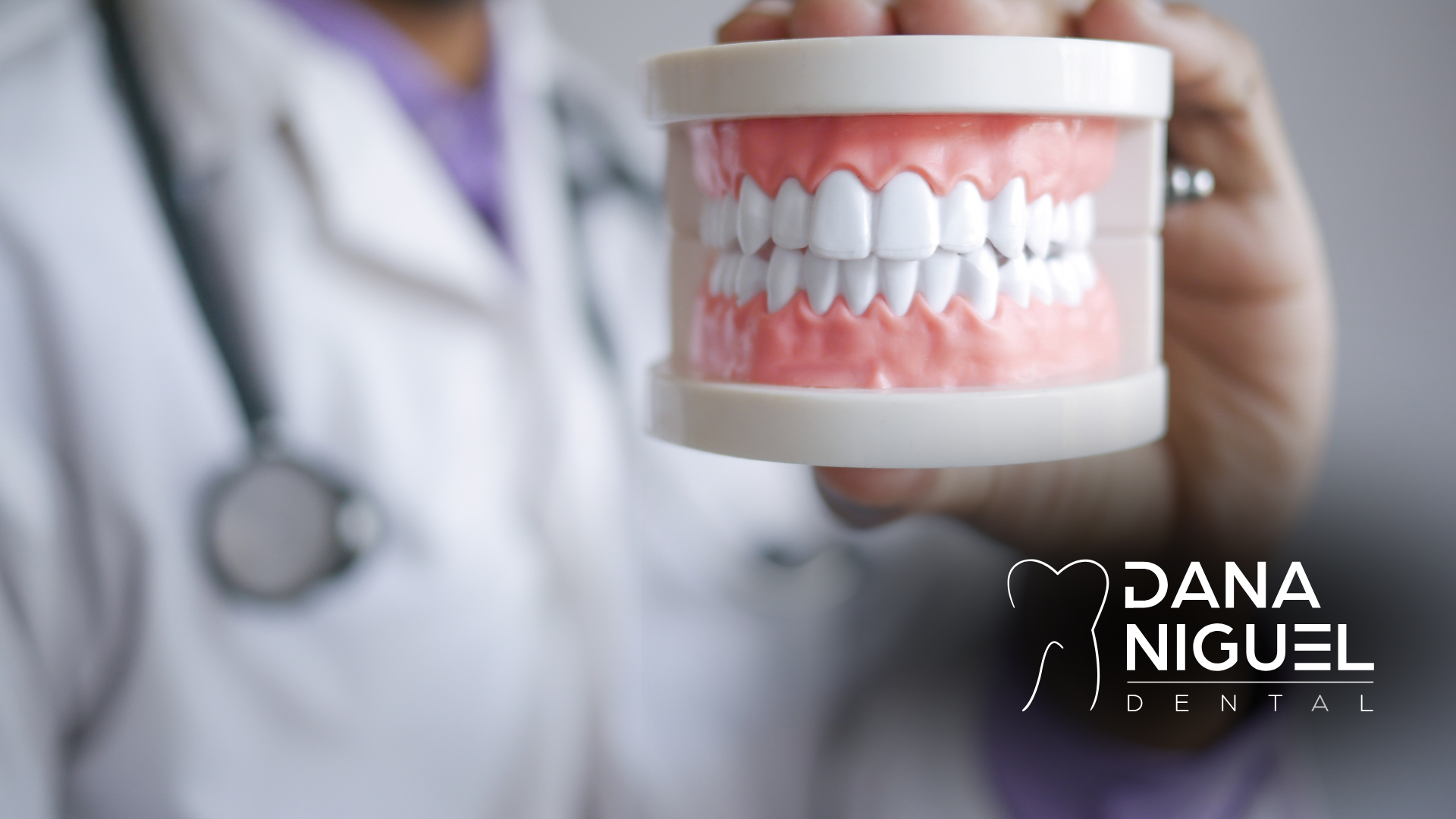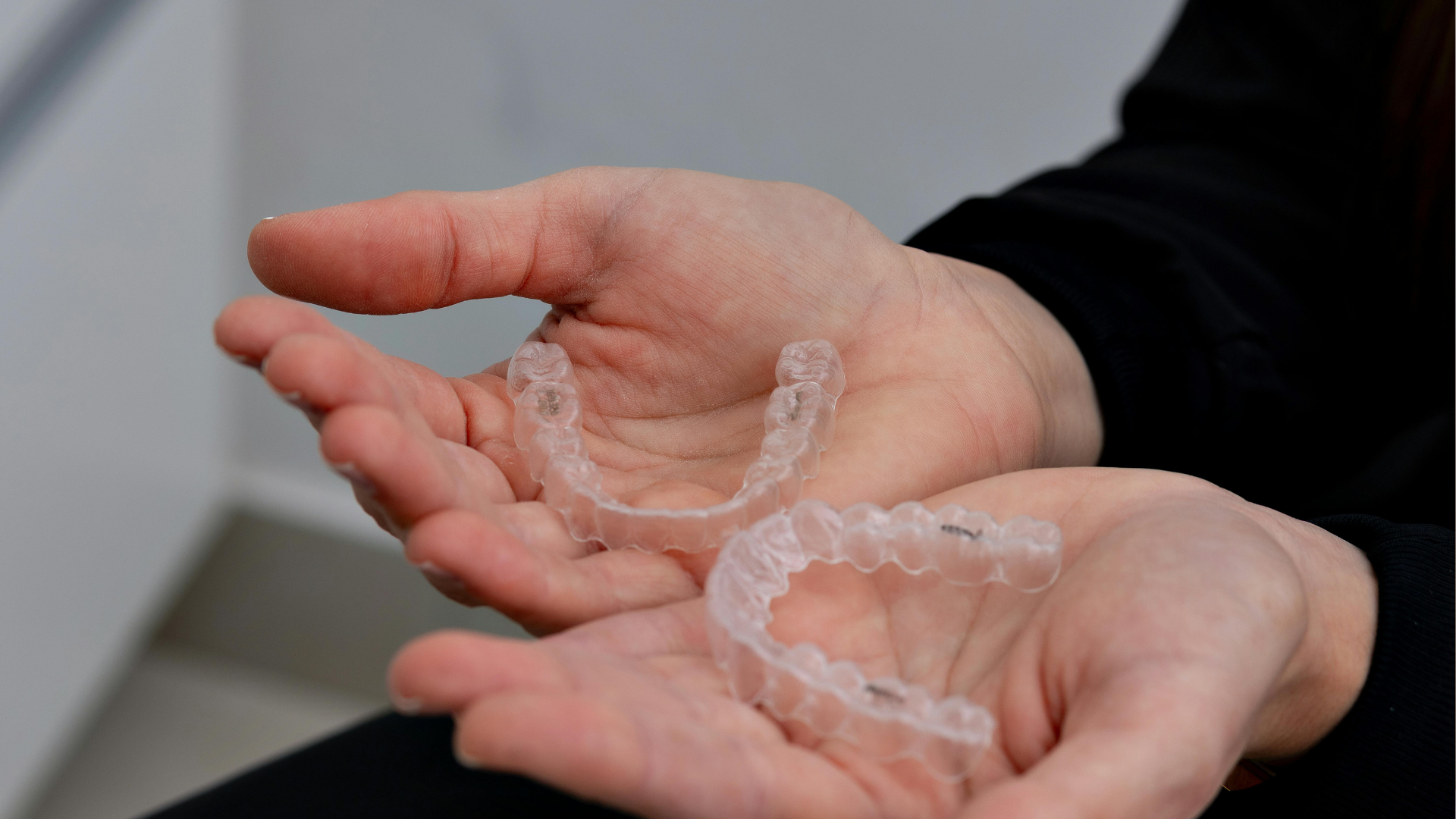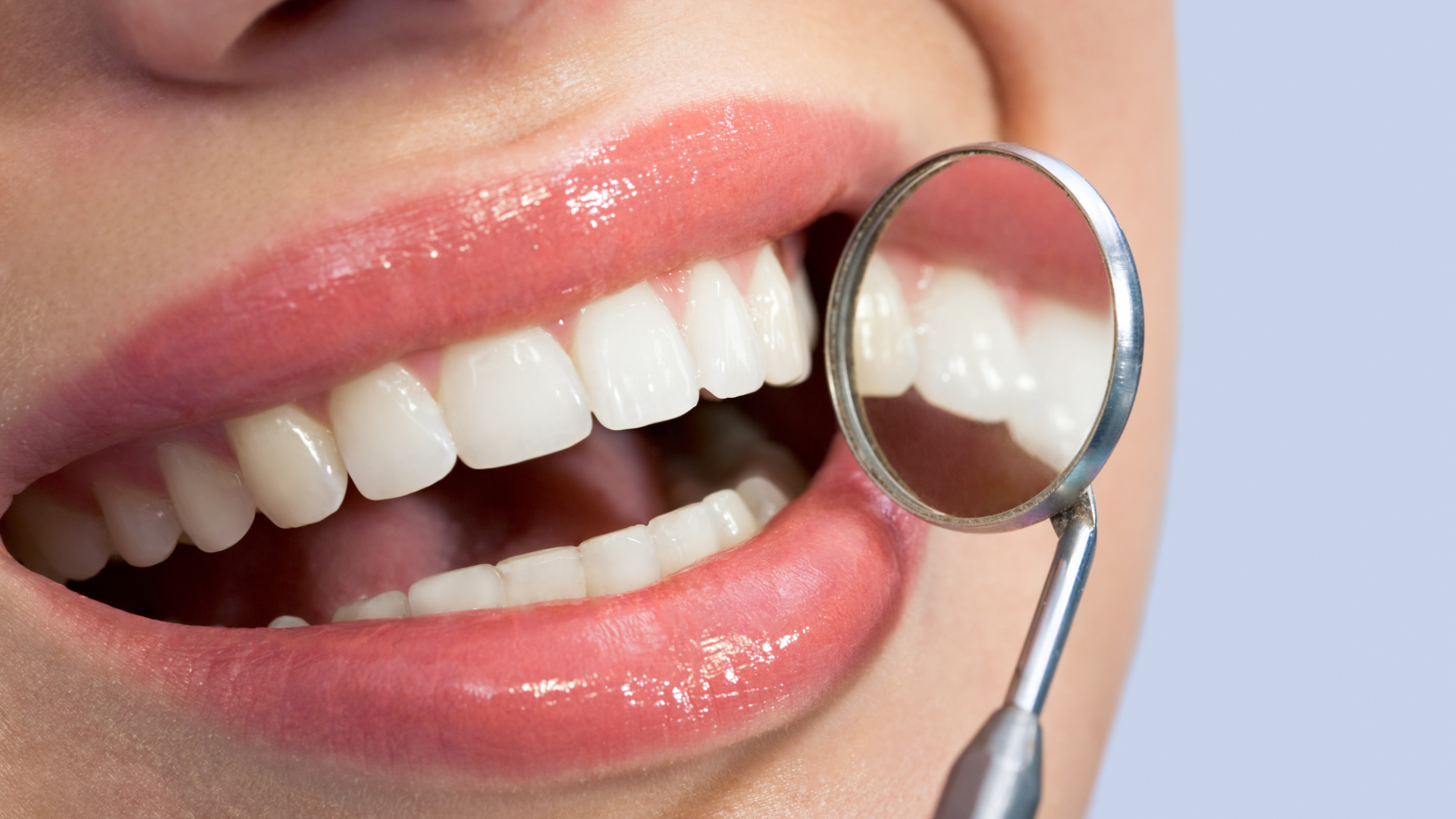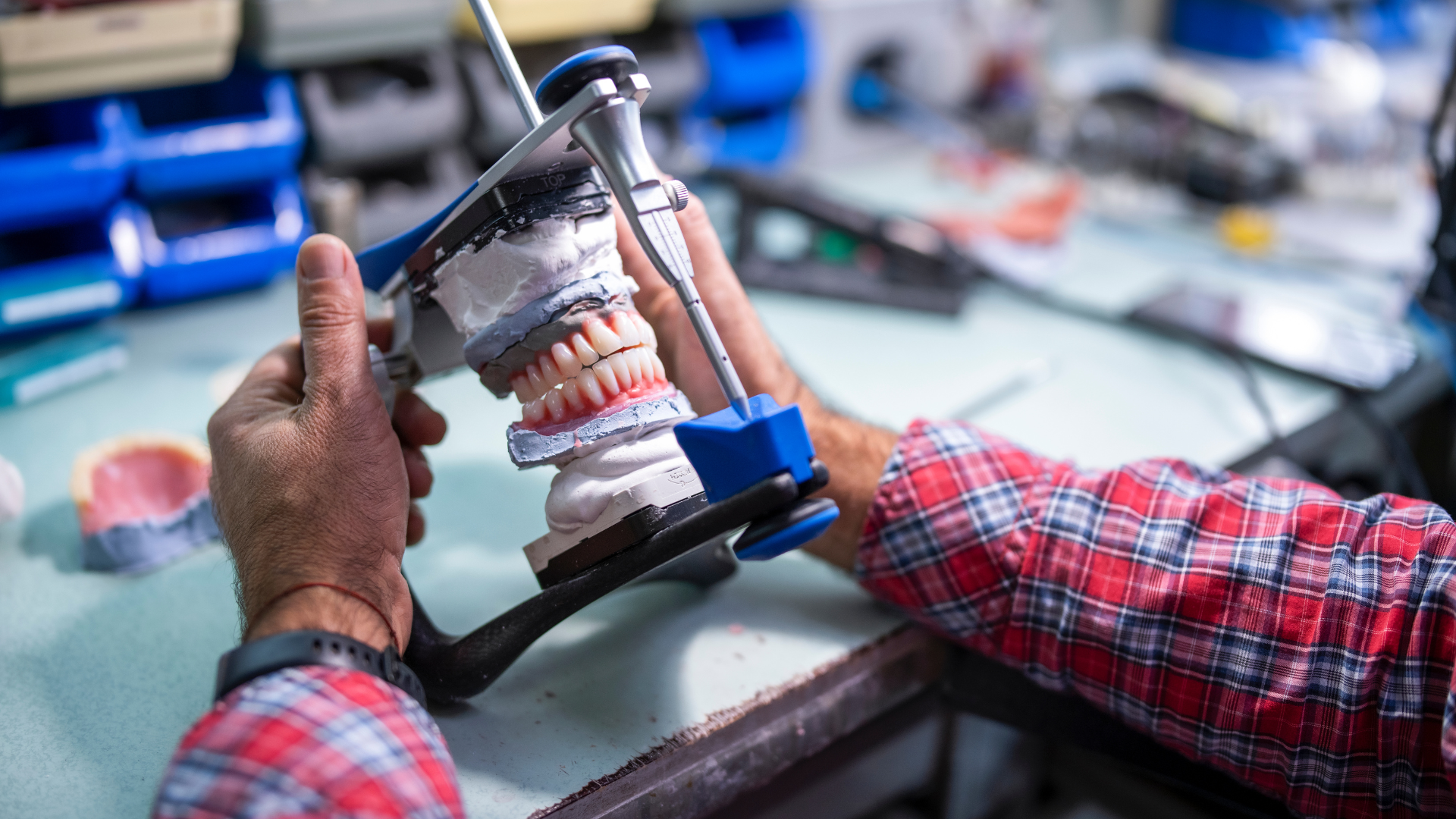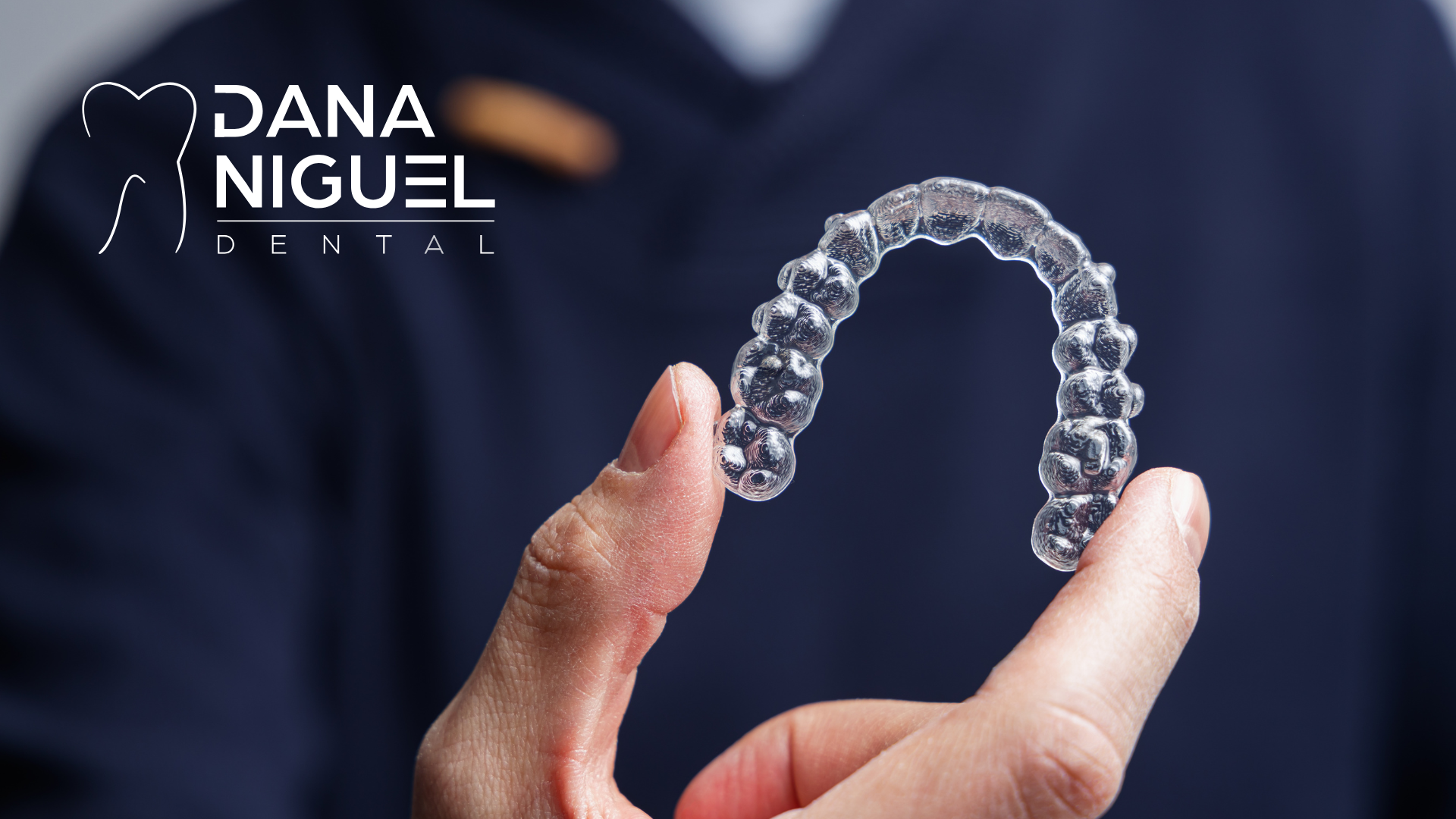Tooth Extraction Healing: Understanding the White Stuff
What Is the White Stuff After Tooth Extraction?
After having a tooth removed, it’s common to look at the extraction site and notice a white or yellowish substance. Understandably, this can be concerning, especially if you’re unsure whether it’s part of normal healing or a sign of something wrong.
In most cases, the white appearance is actually part of your body’s natural healing response. The socket where your tooth once was goes through several changes as it recovers. Initially, a blood clot forms to protect the area. Soon after, new tissue begins to grow, and this can give the site a white, cream, or yellow hue.
Knowing what’s normal—and what isn’t—can give you peace of mind as you recover.
Healing Granulation Tissue: A Healthy Sign
The
white stuff you’re seeing is most likely
granulation tissue. This is a soft tissue that develops after the blood clot forms, and it plays a vital role in wound repair.
While it may look unusual, this tissue is actually a positive sign that your body is working hard to repair the extraction site. Over the next few days and weeks, the tissue will continue to mature and change in color—from white to pink—until the gums fully cover the area.
When the White Stuff Is NOT a Good Sign
Although granulation tissue is normal, sometimes the white appearance can mean there’s a problem. Here are situations when you should be cautious:
- Pus Formation: If the white substance looks thick and is accompanied by swelling, pain, or a foul taste, it could be pus—a clear sign of infection.
- Dry Socket (Alveolar Osteitis): If the blood clot dislodges too early, the bone and nerves underneath may become exposed. This often appears whitish and is very painful.
- Food Debris: Sometimes, bits of food get trapped in the socket and appear as white or yellow patches. Unlike granulation tissue, food particles may cause discomfort or bad breath.
If you’re unsure whether the white material is healthy tissue or something more serious, don’t take chances. Contact a dental professional, such as Dana Niguel Dental, for an evaluation.
What Are the Signs of Infection?
An infection after a tooth extraction is uncommon when proper care is followed, but it can happen. Recognizing the symptoms early is crucial. Common warning signs include:
- Increasing pain that gets worse instead of better
- Redness, warmth, or swelling around the site
- A persistent foul odor or taste in your mouth
- Fever, chills, or feeling unwell
Unlike granulation tissue, an infection won’t resolve on its own and requires professional treatment. If you notice these symptoms, reach out to your dentist right away. At
Dana Niguel Dental, our team can determine if an infection is present and provide the right care to get you back on track.
What Healing After a Tooth Extraction Looks Like
Understanding what’s normal during recovery can help ease worries and make it easier to spot signs of healthy healing. Below is a typical timeline of what you may see and feel:
First 24 Hours
- A protective blood clot forms in the socket.
- Light oozing, swelling, and mild discomfort are normal.
- The area may look dark red as the clot develops.
2–3 Days After Extraction
- White or pale-colored granulation tissue begins forming over the socket (a normal part of healing).
- Swelling should start to decrease.
- Pain typically becomes more manageable.
1 Week
- Gum tissue continues closing over the extraction site.
- Dissolvable stitches—if used—may begin to disappear.
- The socket should look less inflamed and more uniform in color.
2 Weeks
- The area starts to resemble normal gum tissue.
- Most tenderness should be minimal or gone.
- You may still notice slight unevenness where the socket is filling in.
4–6 Weeks
- The majority of surface healing is complete.
- Gum tissue should appear smooth and pink again.
- Bone underneath the gums continues to remodel for several months, even though you won’t see it.
How to Care for the Extraction Site
Proper aftercare not only encourages healing but also helps you avoid complications like infection or dry socket. Here are essential care tips:
- Protect the blood clot: Avoid smoking, drinking through a straw, or forceful spitting in the first 48 hours. These can dislodge the clot.
- Eat soft foods: Stick to yogurt, mashed potatoes, soups, and smoothies for the first few days. Gradually reintroduce solid foods as comfort allows.
- Maintain oral hygiene: Continue brushing and flossing your other teeth but avoid the extraction site directly for the first few days. After 24 hours, rinse gently with warm salt water.
- Manage pain and swelling: Use cold compresses in the first 24 hours and take over-the-counter or prescribed pain relievers as directed.
- Follow-up appointments: Keep scheduled check-ins with your dentist to ensure everything is healing properly.
By following these steps, most patients heal smoothly without complications.
When to Call Your Dentist
Even with good care, it’s important to know when to seek help. Contact your dentist if you experience:
- Severe or worsening pain after day 3
- Bleeding that doesn’t stop with gentle pressure
- Swelling that gets worse instead of improving
- White discharge accompanied by pain or odor
The caring team at Dana Niguel Dental is always here to help if you’re unsure whether your symptoms are normal.
Final Thoughts
Noticing white stuff after a tooth extraction can be unsettling, but in most cases, it’s a natural and healthy sign of healing—granulation tissue at work. The key is being able to tell the difference between normal healing and warning signs of infection or dry socket.
By following proper aftercare, staying alert to changes, and contacting your dentist when needed, you can support smooth, pain-free recovery.
If you have questions about your healing process or want expert care after an extraction, schedule a visit with Dana Niguel Dental. Our team is committed to guiding you through every stage of recovery and ensuring your long-term oral health.
